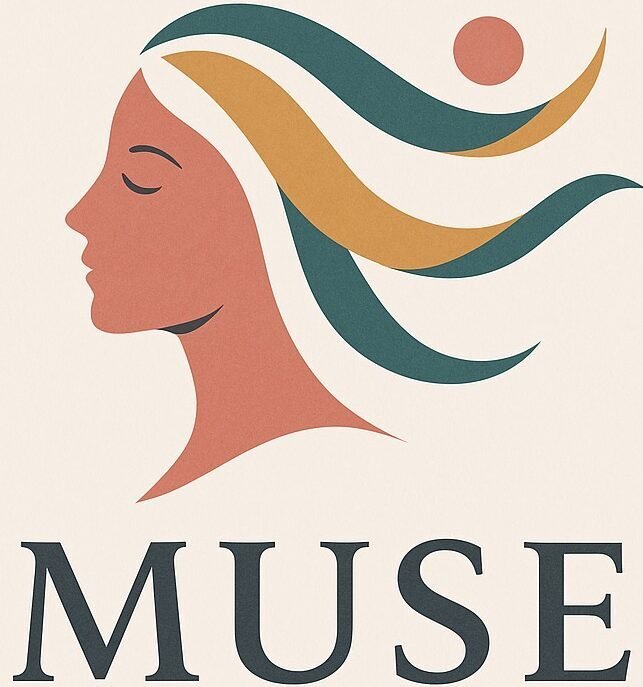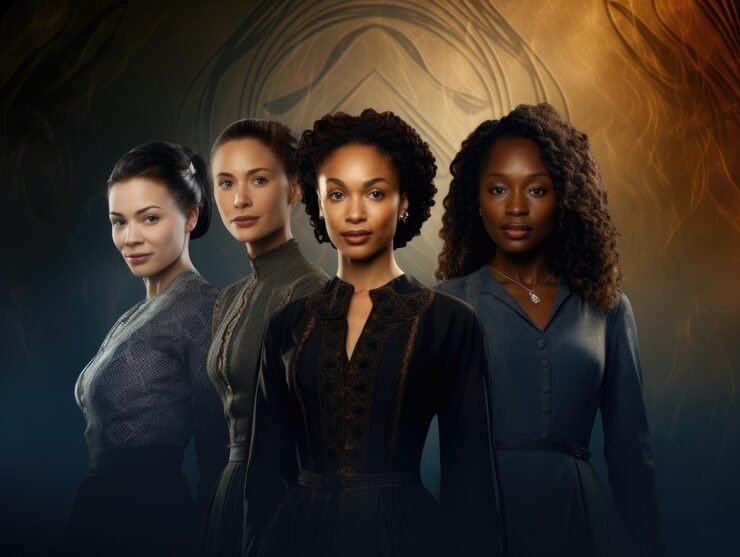History books have been drunk on “Great Men” for centuries—heroes striding across time with destiny in one hand and ego in the other. Alexander the Great. Napoleon. Churchill. Apparently, if you’ve got a Y chromosome and a good tailor, you too can be the hinge of history.
But here’s the problem: leadership history has been mansplained to us. Entire volumes on “Great Men,” yet women leaders get shoved into footnotes—or worse, the “honorary man” category. Because heaven forbid a queen, CEO, or community organizer lead with empathy, collaboration, or emotional intelligence instead of a sword and swagger.
So, allow me to introduce: The Great Woman Theory. Think of it as the Great Man Theory, but with less testosterone and more context, nuance, and humanity. Because greatness isn’t about who can shout the loudest or win the most wars. Sometimes it’s about who can lead through chaos without losing their soul—or the room.
The Great Man vs. The Great Woman: A Leadership Smackdown
If the Great Man Theory had a tagline, it would be: “Leaders are born, not made—preferably with a crown, a cannon, or a convenient war to win.”
The Great Woman Theory, on the other hand, says: “Leaders are shaped by empathy, collaboration, and the ability to fix the messes the ‘great men’ leave behind.”
But here’s a warning from Pittinsky, Bacon & Welle (2007): don’t swap one pedestal for another. Romanticizing women as “better leaders” creates its own trap—unrealistic standards wrapped in good intentions.
Why the Great Woman Theory Actually Matters
This isn’t just feminist flair—it’s grounded in research and modern organizational realities:
- From Great Men to Trait Theory: Leadership Isn’t Born, It’s Built
Early leadership theories leaned on destiny. Modern research shows leadership is a mosaic of traits shaped by learning and context (Brill, 2020; Emerald, 2018). - Women and Emotional Intelligence: Not Just a Cheerleading Skit
A meta-analysis in Psychological Review highlights how women often excel in emotional intelligence and transformational leadership—traits critical for complex environments (MDPI, 2021). - Collaboration Over Conquest
Research in Leadership and Work Teams underlines that emotional intelligence and relational leadership outperform command-and-control models in dynamic settings (ScienceDirect, 2023). - The Double Bind in High Heels
Role Congruity Theory (Eagly & Karau, 2002) shows women leaders face a lose-lose: penalized for being “too soft” if they align with gender norms, or “too harsh” if they break them. - The Pedestal Problem
Pittinsky, Bacon & Welle (2007) warn that putting women leaders on idealized pedestals can backfire, creating impossible expectations instead of genuine equity. - The Broken Rung Isn’t About Shoes
Structural bias in early leadership roles discourages women from stepping up, shaping entire pipelines before ambition even gets a chance (Arxiv, 2024).
Call to Action
So here’s the leader-to-leader challenge: ditch the hero complexes and dust off those empathy muscles.
Let’s redefine greatness—not by statues or stockpiles, but by how we connect, adapt, and uplift.
Are you ready to rewrite leadership—one smart, sassy, and deeply human chapter at a time?







